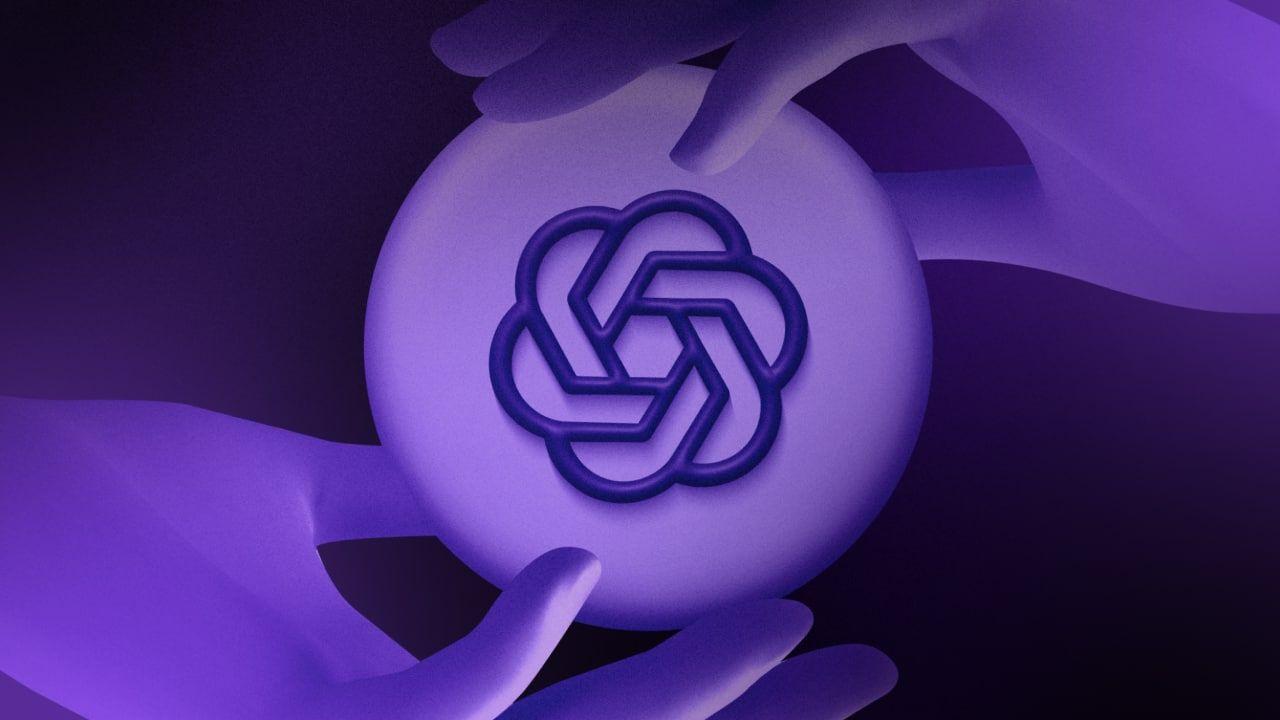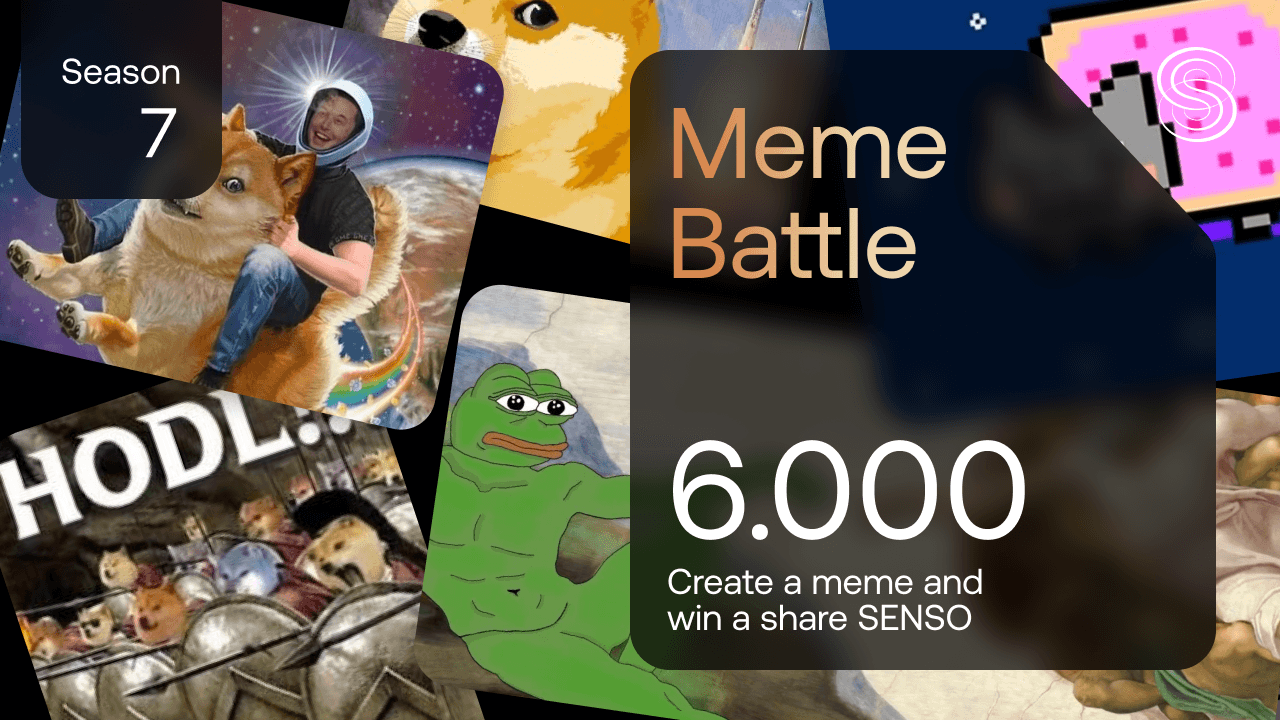There’s hardly a hotter topic in tech right now than artificial intelligence, with millions embracing ChatGTP, either out of curiosity or a useful tool to help complete tasks and perform better online searches.
There’s no doubt that chatbots have come to play a significant role in modern-day communications, especially as virtual assistants, but AI-powered chatbots are a completely new breed of communicators.
They’re exponentially more complex and wildly versatile given their incredible capabilities in understanding natural language, responding quickly, and providing personalized customer support.
Among the most advanced AI chatbots is GPT-4.
In this article, we will explore what exactly GPT-4 is, how it differs from its predecessor, ChatGPT-3.5, and how you can start using it today.
What is GPT-4?
GPT-4 is an AI-powered chatbot developed by OpenAI, a research organization dedicated to creating advanced artificial intelligence technologies. GPT-4 is based on the Generative Pre-trained Transformer 4 (GPT-4) language model, which is the latest version of the GPT series.
The GPT-4 model was trained on a massive amount of text data - as much as a rumored 100 trillion parameters - to help it understand natural language and generate human-like responses.
In addition, this chatbot relies on a large multimodal model, accepting image and text inputs while emitting text outputs.
GPT-4 is designed to engage in human-like conversations, provide personalized responses, and understand the context of any conversation.
It can also be trained to perform a wide range of tasks such as answering questions, summarizing text, generating lines of code and even creating song lyrics.

How is GPT-4 Different from ChatGPT-3?
GPT-4 is the latest iteration of OpenAI’s GPT (Generative Pre-trained Transformer) series, which includes GPT-1, GPT-2, GPT-3 (and its update GPT 3.5), and now GPT-4.
These models have been trained on increasingly greater amounts of data and are extremely adept at generating coherent and contextually relevant text.
Naturally, you’re safe in thinking that the main difference between ChatGPT-3.5 and GPT-4 is surely the amount of data used to train the language models. GPT-4 has as much as ten times the number of parameters as ChatGPT-3.5, making it much more powerful.
With more parameters, the model has a greater capacity to learn from the data it is trained on, and therefore can generate more accurate and human-like responses. This makes it a much more versatile and sophisticated option when dealing with typical activities such as question-answering, text summarization and language translations.
As noted by OpenAI, in casual conversation, the distinction between GPT-3.5 and GPT-4 can be quite subtle but in the end, GPT-4 is noticeably more reliable, creative, and able to handle much more nuanced instructions than its predecessor.
Lastly, another key difference between ChatGPT-3.5 and GPT-4 has to do with the types of data they were trained on. GPT-4 was trained on a more diverse range of data than ChatGPT-3.5, including more data from non-English languages. This means that GPT-4 has a better understanding of the nuances of language from different cultures and can generate responses that are more appropriate for a regional audience.
OpenAI has actually been releasing versions of GPT for nearly five years. But let’s face it, most of us only started hearing of ChatGTP at the end of 2022 with the public release of GPT-3.5.
Here’s a quick look back at the order of events:
GPT-1
The first iteration of the GPT model was unveiled in 2018 and had 117 million parameters to work with. This bot had the capacity to produce coherent and contextually relevant responses to particular prompts.
GPT-2
GTP-2 was introduced in 2019 with 1.5 billion parameters. As the most powerful language model at the time, the second installment of GPT could generate coherent paragraphs of text, achieve state-of-the-art performance on many language modeling benchmarks, and perform rudimentary reading comprehension, machine translation, question answering, and summarization without task-specific training, as explained in a blog post by OpenAI.
GPT-3
This bot was initially released in 2020 and was trained on an impressive 175 billion parameters making it the largest neural network produced at the time and representing a turning point in the technology surrounding natural language processing.
ChatGPT
GPT-3 saw some major fine-tunings with the release of ChatGPT in November of 2022, which employs OpenAI's GPT-3.5 language technology.
The AI chatbot immediately received world attention given its ability to ‘answer follow-up questions, admit its mistakes, challenge incorrect premises, and reject inappropriate requests.’ Despite being released without much fanfare, ChatGPT drew more than 1 million users soon after its launch. If you’re currently using the free version of ChatGPT then GPT-3.5 is the model you’re engaging with.
GPT-4
As the successor to GPT-3.5, GPT-4 was launched on March 14 2023. OpenAI says this latest version can process up to 25,000 words, process images and handle much more nuanced instructions than GPT-3.5.
Simply put, the model can solve difficult problems with greater accuracy thanks to its broader general knowledge and problem solving abilities.

Comparing ChatGPT-3.5 to GPT-4
While ChatGPT-3.5 was a significant improvement over its predecessor, GPT-4 has taken natural language processing to a new level. Here are some of the key differences between the two models:
- Size: GPT-4 is said to have some 100 trillion parameters, while ChatGPT-3.5 has around 175 billion parameters.
- Diversity of training data: GPT-4 was trained on a more diverse range of data than ChatGPT-3.5, including more data from non-English languages.
- Ability to understand context: GPT-4 has a better understanding of context and can generate responses that are more appropriate for a given situation.
- More accurate responses: GPT-4 has a greater capacity to learn from the data it is trained on, and therefore can generate more accurate and human-like responses.
- Faster response times: GPT-4 is faster than ChatGPT-3.5, allowing for more efficient and productive interactions.
What Makes GPT-4 Better Than ChatGPT-3.5?
It’s clear that new features and improvements have been added to the model, including GPT-4 being able to engage in longer conversations and having more reliable and creative outputs.
The latest version of the viral chatbot is so powerful in fact that OpenAI has revealed that it is capable of passing the U.S. bar exam, widely known as a test with an extremely high degree of difficulty, as well as scoring remarkably high scores across a number of other challenging examinations.
Here are some of the features that make GPT-4 better over previous-gen models like GPT 3 and 3.5:
GPT-4 Can Understand Images
One of GPT-4’s most incredible new features is its ability to process both text and pictures, in what is being called “multimodal” technology. That means that you’re able to present a picture alongside text to GPT-4 and the model is perfectly capable of processing and discussing both formats. The ability to input video seems to be a near-future feature.
Larger Word Limit
GPT 3.5 is already quite impressive, but it has left many of us wishing that the AI could generate more text. The introduction of GPT-4 now means that the language model is capable of having a mammoth 25,000-word input limit, which is significantly more than the 8000 words that GPT 3.5 is capable of processing. This opens new possibilities and use cases such as long-form content creation, and document search and analysis.
Higher Accuracy
Chat GPT-4 is meant to give users substantially more accurate responses to their queries. According to OpenAI’s update announcement, GPT-4 is "40% more likely to produce factual responses than GPT-3.5." GPT-4 also has more advanced reasoning capabilities when compared to ChatGPT-3.5.
Access During Peak Times
ChatGPT's huge popularity has meant that the chatbot’s website can be particularly overloaded at times, cutting out access to its features. However, GPT-4 promises to solve that problem with access even during peak times.
Faster Responses
ChatGPT usually generates its responses in a matter of minutes or even seconds. ChatGPT Plus promises to be even faster enabling more efficient and productive interactions.
More Creativity
There’s no doubt that GPT-4 is the most collaborative and creative version of the AI so far, particularly when faced with complex and intricate situations. This is particularly noticeable as the bot is capable of processing more nuanced instructions than GPT-3.5. For example, GPT-4 is capable of learning a user’s writing style and producing, for example, an essay or a screenplay in the same style.
Supports More Languages
AI tech has predominantly been trained on English-based data and ChatGPT has predominantly been used by English speakers. However, GPT-4 is able to perform with high accuracy across 26 languages, including Korean, Russian and Japanese.
How Can You Try GPT-4?
If you’re new to ChatGPT, the best way to get started is by visiting chat.openai.com.
Sign up for a free account, which will give you access to GPT-3.5.
However, if you’re planning on using GPT-4, you’ll have to subscribe to ChatGPT Plus, costing you a $20 monthly subscription.
Now for the good news - an account with OpenAI is not the only way to access GPT-4 technology.
Microsoft’s Bing search engine also uses OpenAI’s tech and offers a customized version of GPT-4 that you can experiment with for free. To access it, you’ll have to have a Microsoft account and you might also want to consider using the Microsoft Edge browser for a better experience. Once you’re all step up, open Bing.com/Chat

What's Next?
While obviously impressive, OpenAI might not want to rest on its laurels as there are plenty of competitors already at the gates of AI.
Microsoft, which we just mentioned, has revamped the Bing search engine to use artificial intelligence based on ChatGPT as part of a multi-billion partnership with OpenAI.
Elsewhere, Google recently launched Bard as a competitor to ChatGPT while China’s tech giant Baidu is also coming out with its AI chatbot - Ernie.
Many other companies like Tencent, Alibaba and a slew of AI startups are also following suit and helping heat up the AI race.




